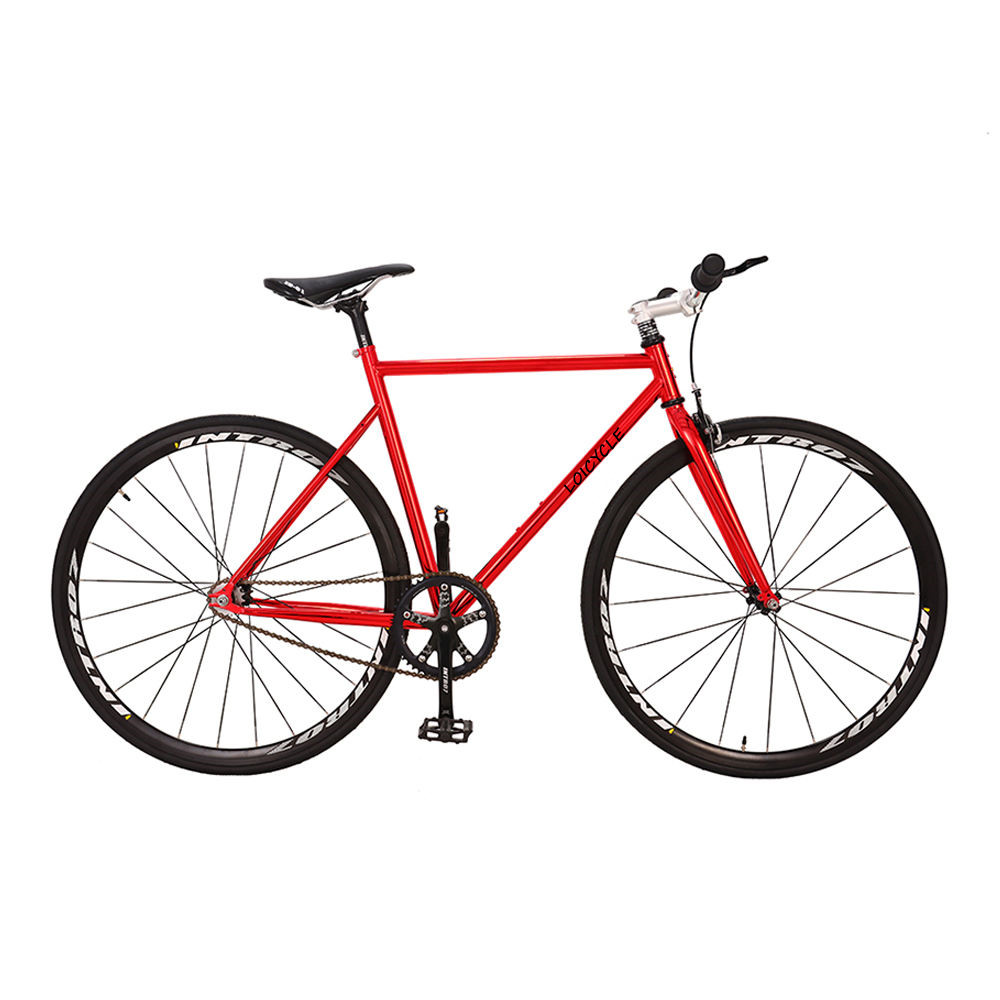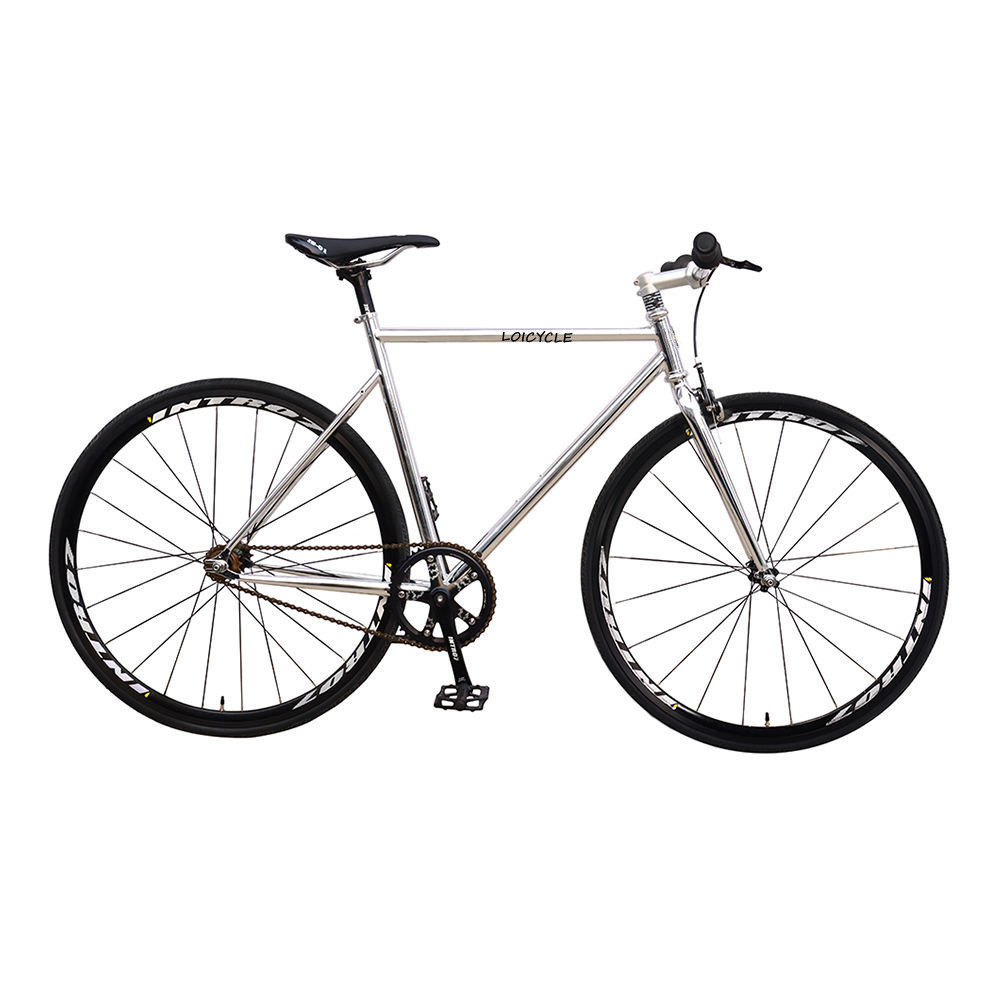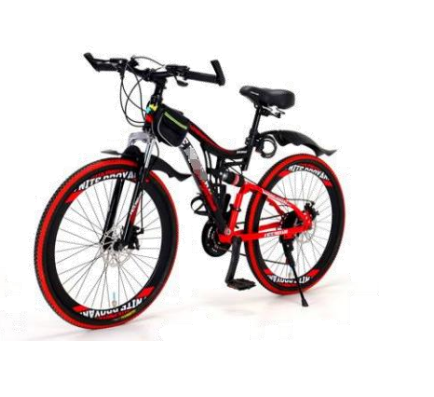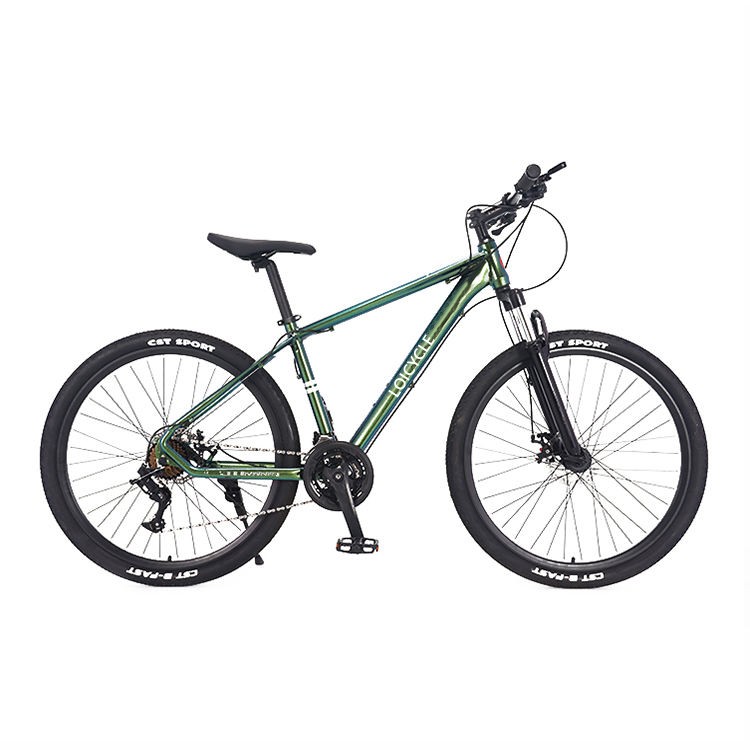Why do fixies have no brakes?
Fixed-gear bicycles, commonly known as fixies, have gained popularity among cycling enthusiasts for their simplicity, aesthetic appeal, and unique riding experience. One notable characteristic that sets fixies apart from other bikes is the absence of brakes. While this design choice may seem counterintuitive to safety-conscious riders, it is rooted in a combination of tradition, functionality, and a desire for a purer connection between the cyclist and the road.
1.Simplicity and Minimalism:
At the core of fixie culture is a commitment to simplicity and minimalism. Fixies have a straightforward design with fewer components compared to geared bicycles. The absence of brakes contributes to this simplicity, making fixies easy to maintain and repair. Enthusiasts argue that removing brakes eliminates unnecessary clutter, providing a bike that is not only easier to handle but also aesthetically cleaner.
2.Mechanical Efficiency:
Fixies operate on a direct-drive system, meaning the pedals are directly connected to the rear wheel. This direct mechanical linkage offers a more efficient transfer of energy from the cyclist’s legs to the wheels. Without the added complexity of a freewheel mechanism or brakes, fixies allow for a seamless and responsive riding experience. Cyclists can feel a direct connection to the road and have precise control over their speed and momentum.
3.Enhanced Awareness and Skill Development:
Riding a fixie without brakes requires heightened awareness and skill. Cyclists must learn to anticipate and manage their speed by controlling their pedal strokes and using their bodies to navigate various terrains. Riding a brakeless fixie encourages a deeper understanding of the bike’s dynamics and fosters a greater sense of control, leading to improved riding skills. This hands-on approach to cycling can be seen as a return to the fundamentals of riding, promoting a more engaged and mindful cycling experience.
4.Cultural and Historical Influences:
The tradition of brakeless fixed-gear riding traces back to track cycling, where riders compete on velodromes in a controlled environment. Track bikes, from which fixies draw inspiration, were initially designed without brakes for the purpose of reducing weight and enhancing aerodynamics. Fixie culture has embraced this heritage, considering the absence of brakes as a nod to the roots of fixed-gear cycling.
Conclusion:
In the world of cycling, fixies stand out as a symbol of simplicity, efficiency, and a unique connection between the rider and the road. While the decision to ride without brakes may raise eyebrows among safety-conscious individuals, for fixie enthusiasts, it represents a deliberate choice to embrace a more unfiltered and immersive cycling experience. Whether it’s the desire for minimalism, mechanical efficiency, skill development, or a nod to tradition, the absence of brakes on fixies is more than a design choice – it’s a statement about the essence of cycling itself.
We hope you found this guide helpful and informative. At Loicycle, our goal is to produce high-quality high-performance bicycles. To learn more about high-performance, custom-sized folding bikes, road bikes, fixie bikes, and mountain bikes we build, visit our homepage! https://www.loicycle.com




